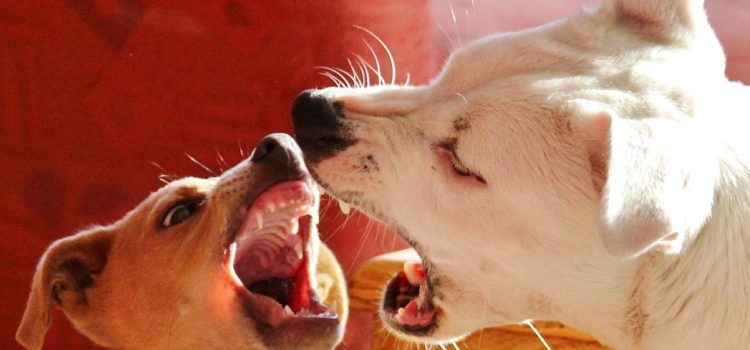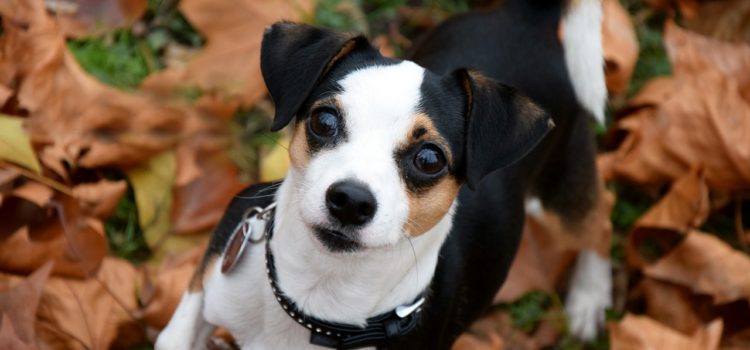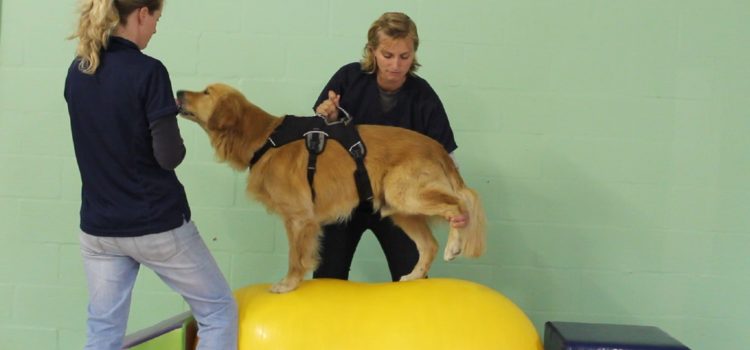Anybody that has seen dogs digging with gusto at the beach (or at home) will know how much they enjoy it. I often watch my dogs from my office window digging into newly pushed mole hills. It keeps them fascinated and entertained for quite some time. Fortunately, for me, the mole hills usually appear in the ‘wild grass’ area and not on the lawn area, so I don’t mind at all. From time to time they do pop-up on the lawn and then I just rake them down before my dogs get to them.
Digging, as well as chewing and barking, are natural and enjoyable behaviours for our furry friends. It’s what makes them dogs! As with all other behaviours we cannot stop dogs from digging apart from laying down concrete or paving in your whole garden. When digging becomes inappropriate we try to prevent and redirect misplaced digging and focus on management and educating the dog.
Dogs can dig for many reasons. They bury bones and later dig them up again. In summer they can remove the top layer of the soil so that they can lie on the cooler ground. Pregnant females may dig dens. They might hear critters underneath the soil, or smell moles. They could investigate the soil around newly planted plants due to the ‘aroma’ of compost and bone meal. Some dig out of boredom frustration or anxiety about being on their own. Some dig as a response to fear i.e. loud noises or crackers. Others can dig to escape the yard. But most of all some dogs dig for the sheer fun of it, it provides them with intrinsic reinforcement. Sometimes digging can be a symptom of other underlying issues, which needs to be addressed separately.
If you consider your puppy or dog’s digging to be in inappropriate places, provide him with an area where he can dig. Build a digging pit for your dog of approximately 1.5m by 1.5m, depending on your dog’s size and the amount of dogs. Have it in an area in the garden that is suitable for you, but not too far away from the social happenings of the family. Thus don’t tuck it away in a corner of the garden where nobody ever goes. Put in some loose, easy to dig-into sand in the pit and place a visual barrier such as bricks or river stones around it. Then you bury some rawhides, hooves or biscuits just underneath the top layer and encourage your dog to dig by making digging motions with your hands. As soon as he starts showing interest and starts using his front paws then verbally praise him and encourage more digging.
Now this might not totally prevent the dog from digging elsewhere, but he will be more inclined to dig there because he has found some really tasty treats in the pit, so the likelihood of him digging there in the future is greater than anywhere else. If you are going out always leave something for him in the digging pit to dig up. You can also leave some of the food dispensing toys, such a stuffed Kong or treat ball for him to find if you are going to be away for quite a while.
I have personally used a digging patch for my dogs and found it very effective! Most puppies will dig due to investigative behaviour and when we got our third puppy he, by social facilitation, stimulated the other two adult dogs to dig again. Imagine the damage three German Shepherds can do and back then we still lived in a house with a much smaller garden. We made them one massive digging area, got some soft loose soil, and encourage them to dig there…and that is where they dug. When the puppy grew up his puppy digging ‘urges’ stopped and the two older dogs also stopped digging and the eventually we closed the digging patch.
Some people have had success by closing holes and filling it with the dog’s feces. Yes, this can work and deter the dog from digging there again, but it can also re-direct the dog to dig somewhere else!!
Coming home and seeing a hole in the garden, now matter how deep, and then showing the dog the hole and then punishing him for it will not be effective. Punishment after the act teaches the dog absolutely nothing about the ‘wrong’ behaviour itself. What it does is, it does it teaches the dog when there is a hole and you are present, something aversive will happen (punishment). Punishing him will not teach him where to dig, it can actually make the whole situation WORSE, especially if the underlying cause is due to anxiety, fear or frustration!! (For more info on why we don’t use punishment read ‘Positive Punishment’ on the ‘About Us’ page)
To prevent the dog from digging in no-go areas such as flowerbeds, put up some chicken mesh or fencing as boundaries to prevent him from making a ‘mistake’ by digging in the wrong area.
Once you feel he has learnt to use his digging pit then you can start to take down then fencing and supervise him when he has access to the garden. Supervision is very important so that if you do see him want to dig in a no-go area you are right there to distract him (by just clapping your hands to make him stop) and then re-directing him in an encouraging tone of voice to his digging pit and then verbally praising him when he is busy there.
Copyright Claire Grobbelaar



